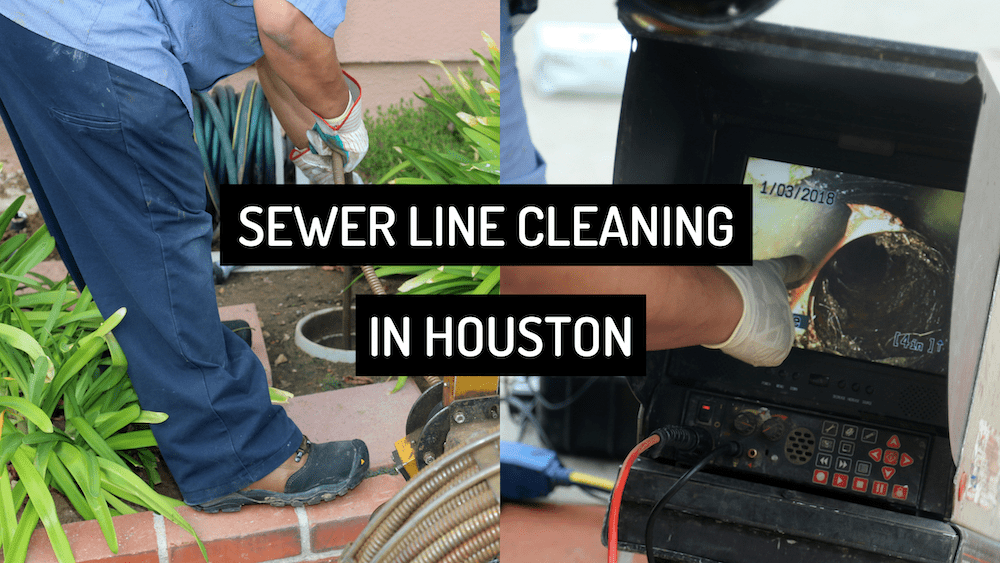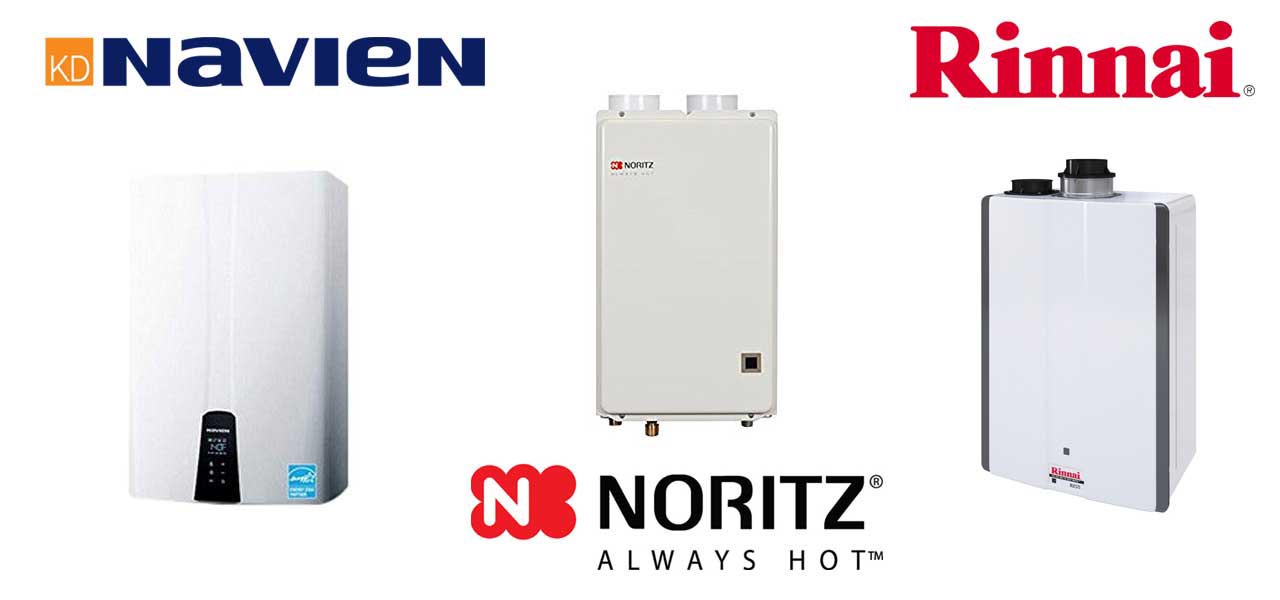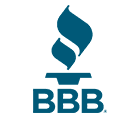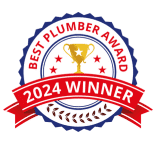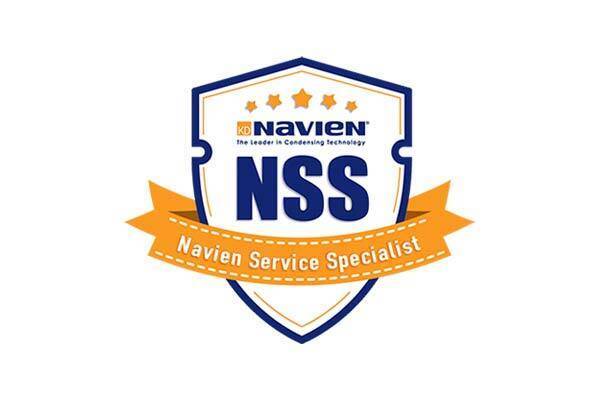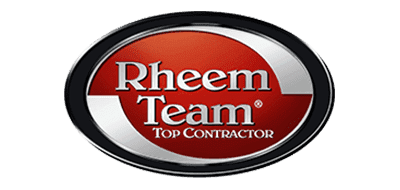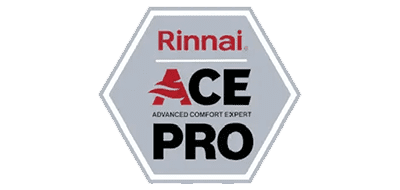You’re enjoying a nice warm shower relaxing in your new stall when after a few minutes, you realize you’re standing in a few inches of soapy water. Your shower isn’t draining correctly.
You’re busy preparing a large dinner for the family when the food waste you’ve poured down the drain has suddenly come right back up and filled your sink basin. Something is blocking your sewer line.
Then there’s the smell coming from your bathroom. No matter how many times you pour water down the drain to restore the water barrier, that foul sewer smell persists and permeates your entire house. Your sewer line needs to be cleaned.
This is how you know it’s time to call the professionals. In the Houston area, that’s Nick’s Residential Plumbing and Air Conditioning. We are the pinnacle in residential professional sewer line cleaning. With over forty-two years of experience, we understand Houstonians and are here to help.
How do I maintain my sewer lines?
Before you get to the stage where you need to call us, many of our customers ask, “How do I maintain my sewer line?” At Nick’s Plumbing and Air Conditioning, we’ve identified 4 tips on how to maintain a healthy sewer line. This is in addition to the secondary drain lines that flow into and affect the mainline sewer environment.
1. Limit the Quantity of Food you Pour Down the Kitchen Drain Line
We can’t emphasize this point enough. This is simply a good habit for any kitchen drain, whether they currently have problems or not. Most food waste is bulkier than regular waste intended for the sewer line. It does not flow out or through the lines nearly as quickly. Therefore, it tends to gather in the line.
Scrape as much food waste as possible into your garbage container before rinsing your plate. Only allow crumbs or small particles, and remember to run cold water before, during, and after running the garbage disposal. The top offending foods not to put down the kitchen drain lines are the following:
- Fats, oils, and grease. Remember to collect these items in a separate disposal container, let them cool and solidify then dispose of them in a garbage container. Always wipe the residue of these foods off any pans or dishes with a paper towel before washing them.
- Stringy or fibrous foods. This includes celery, potato peels, corn husks, to name a few.
- Eggshells. There is a myth that eggshells sharpen the garbage disposal blades. However, this not true. In fact, the shell grinds down to a sand-like substance and eventually clogs pipes.
2. Properly Dispose of Non-Food Items
What might seem like an insignificant item such as dental floss, a hair tie, or cigarette butt, can wreak havoc on a sewer line. These items can create a colossal sewer line clog because they cannot break down enough to flush thoroughly through the plumbing system. These non-flexible materials can get caught in the sewer line, catch and gather on other debris, and eventually create a sewer clog.
Similar items, including wipes for adults and toddlers, extra-thick toilet paper, toilet cleaning wand pop-off pads, sanitary napkins, baby wipes, paper towels, and other items that are labeled “flushable” simply aren’t flushable and should be avoided.
3. Use One-Ply Toilet Paper
Though it may not feel nearly as comfortable on your bottom. One-ply toilet paper dissolves quickly and moves easily through the sewer line.
4. Tend to your roots
Yes, as homeowners, we all love large beautiful trees in our yard to provide shade and add to our yard’s aesthetic value. However, often these tree roots grow into your sewer lines. That’s why it’s imperative to hire a professional like Nick’s Plumbing and Air Conditioning to clean the line at least once a year.
How often should sewer lines be cleaned?
Since your sewer lines are hidden, you often don’t know there’s a problem until your toilet backs up or your shower no longer drains properly. A good rule of thumb is that you should have your sewer lines cleaned every 18-22 months.
Suppose you are experiencing problems more often than that. In that case, you may need to call us at Nick’s Plumbing and Air Conditioning to schedule either a visual or video inspection of your pipes. We will insert a video camera down through your sewer lines to provide us with a visual idea of what may be causing your sewer backup. Based on those inspection findings, we can make recommendations for the proper repairs to correct your specific problem.
What are the three most common sewer pipe conditions?
The most common sewer pipe condition that we see requiring sewer line cleaning is low lying areas. Depending on the severity, a low area can slow the movement of debris and, in some situations, stop the water flowing through a sewer pipe. When enough debris or solids gather in this specific low area, it can cause a buildup in the sewer line and eventually a nasty and expensive sewer pipe backup. Unfortunately, a sewer line can have more than one low area.
The second most common sewer line clog is due to buildup. This type of sewer line clog is caused by specific food waste adhering and then hardening inside the pipes themselves, most commonly inside cast iron ones. Proteins such as oil, grease, and fats are the biggest offenders of this phenomenon. The thicker the buildup becomes, the narrower the pipe passageway becomes.
The third most common sewer line clog is due to tree roots. This type of sewer line offender can grow into the pipe at the joint of clay and concrete pipes. These are the parts of the pipes that are not entirely sealed, unlike PVC pipes. Once tree roots are present, they’ll continue to grow and multiply over time. That is until the web of root branches increases to the point the roots cover the entire pipe.
What are the misconceptions about tree roots and sewer lines?
There are two main misconceptions when homeowners find tree roots lurking in their sewer lines. Firstly, they assume that either their sewer lines are broken and need replacement or that the pipe is leaking and needs repair. Fortunately, neither one of these common assumptions is necessarily true. As tree roots slowly grow between a sewer pipe’s joints, they form the connection, essentially acting like a cork. Thereby causing no leakage. We usually recommend your sewer line be cleaned with a 3″ to 4″ blade and then re-scoped to reassess the condition’s severity before recommending a repair.
Nick’s Residential Plumbing & Air Conditioning
Whether you’re a homeowner in need of an emergency sewer line cleaning or are searching for a licensed plumber who can perform regular maintenance, Nick’s Residential Plumbing and Air Conditioning can help. We have a team of experts who are well trained and bring extensive experience to the table. They will be able to assess your situation, offer their recommendation, and then carry out the work.
We look forward to hearing from you.




